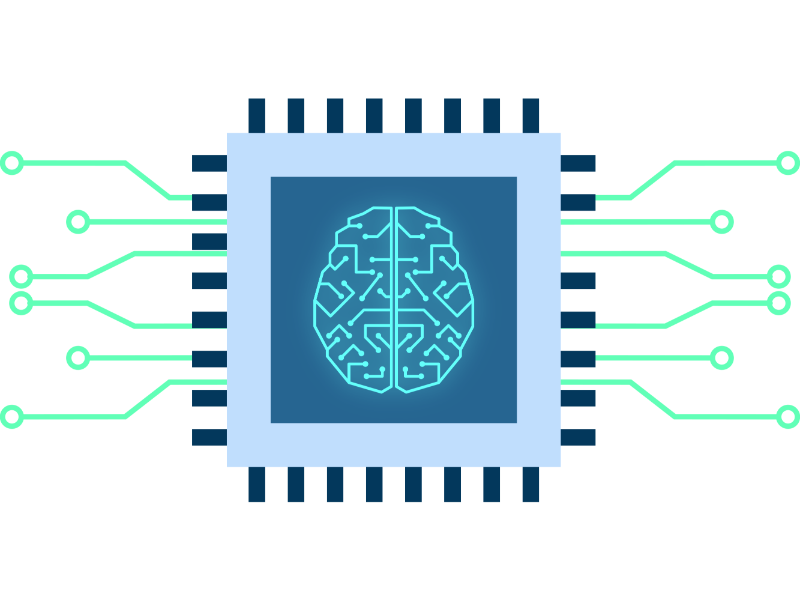- The AI chip market surges on, driven by companies like Nvidia, AMD, and Intel.
- Thanks to the generative AI boom, NVIDIA achieved excellent results in 2023, reaching a trillion-dollar valuation.
The rise of generative AI has been powered by Nvidia and its advanced GPUs. As demand far outstrips supply, the H100 has become highly sought after and extremely expensive, making Nvidia a trillion-dollar company for the first time. It’s also prompting customers, like Microsoft, Meta, OpenAI, Amazon, and Google to start working on their own AI processors. Meanwhile, Nvidia and other chip makers like AMD and Intel are now locked in an arms race to release newer, more efficient, and more powerful AI chips.As demand for generative AI services continues to grow, it’s evident that chips will be the next big battleground for AI supremacy.
1. Nvidia: The chip maker that became an AI superpower
Nvidia has been producing graphics processing units (GPUs) for the gaming sector since the 1990s. The PlayStation 3 and Xbox both use Nvidia graphics arrays. The company also manufactures AI chips such as Volta, Xavier, and Tesla. Thanks to the generative AI boom, NVIDIA achieved excellent results in 2023, reaching a trillion-dollar valuation and solidifying its status as the leader in GPU and AI hardware markets.
NVIDIA’s chipsets are designed to solve business problems in various industries. Xavier, for example, is the basis for an autonomous driving solution, while Volta is aimed at data centres. DGX™ A100 and H100 have been successful flagship AI chips of Nvidia, designed for AI training and inference in data centres.3 NVIDIA followed up on these with:
- H200, B200 and GB200 chips
- HGX servers such as HGX H200 and HGX B200 that combine 8 of these chips
- NVL series and GB200 SuperPod that combine even more chips into large clusters.
2. AMD: a force to reckon with in the AI semiconductor market
Advanced Micro Devices (AMD) has also made significant strides in the AI chip landscape.
The company showed that it’s a force to reckon with in the AI semiconductor market last December when it launched the MI300X GPU and MI300A APU, which it claimed had about 1.6X lead over Nvidia’s competing GPUs at the time.
To further strengthen its position, AMD has collaborated with machine learning companies, such as Hugging Face, to enable data scientists to leverage their hardware more efficiently.
While the competition between AMD and NVIDIA has been intense, AMD’s current market cap of about $263.88 billion and its stock price of $163.28 per share falls far below Nvidia’s. AMD’s total debt reported for 2023 was $3 billion. However, the chip designer is projected to have a revenue growth rate of 25.99%, going from $22.68 billion in 2023 to $26.06 billion in 2024.
Also read: Nvidia signs AI deal in Middle East, says Ooredoo CEO
Also read: NVIDIA dethrones Microsoft as the world’s leading tech giant
3. Intel: largest player in the CPU market
Intel is the largest player in the CPU market and has a long history of semiconductor development. In 2017, Intel became the first AI chip company in the world to break the $1 billion sales barrier.
Intel’s Xeon CPUs are appropriate for a variety of jobs, including processing in data centres and have had an impact on the company’s commercial success.
Gaudi3 is Intel’s latest AI accelerator processor. Since its public release in April 2024, there have been limited benchmarks available to assess its performance.

